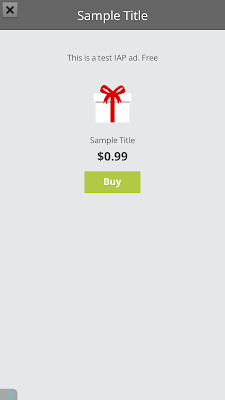Starting on or after July 23, 2015, if you are using v201506 of the AdWords API, then FeedMappingService.get and FeedMappingService.query will return FeedMapping objects created for location targeting. These
FeedMapping objects will have criterionType 77, and will not have a value for placeholderType. There will be no change in behavior for v201409 or v201502.You will start seeing these objects if either of the following is true:
- You created a
Feedlinked to your Google My Business account. - You created a Location targeting feed through the AdWords user interface, under Shared library -> Business data.
Starting with v201506, LocationGroups.feedId is required if your matching function includes a LocationExtensionOperand.
Specifying a
feedId in this situation allows AdWords to target the areas surrounding the locations in a location targeting feed. This may be the same feed you are using for location extensions, or a separate feed containing additional locations you want to use strictly for targeting. The key point is that the Feed referenced by LocationGroups.feedId must have a FeedMapping with criterionType 77.What should you do?
If your application retrieves
FeedMapping objects, make sure it will properly handle objects where placeholderType is null and criterionType is set.If you want to create
LocationGroups objects that use a LocationExtensionOperand, you can now use FeedMappingService to find the ID of feeds that have a FeedMapping with criterionType 77.Learn more
Check out the following resources for more information on Location Groups:
- The updated placeholders documentation describes the required fields for a location targeting feed.
- The AddCampaignTargetingCriteria example in the targeting folder of each client library shows how to set up a
LocationGroupsobject using the ID of your location targeting feed. - The AdWords Help Center has an overview of using Location Groups.


